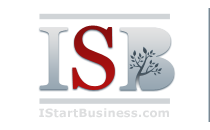The balance sheet is one of four financial statements. The other three financial statements are the income statement, cash flow statement, and statement of retained earnings. The balance sheet shows a company’s assets, liabilities, and shareholder’s equity.
The balance sheet is divided into two parts based on the equation that assets equal liabilities plus shareholder’s equity. On the left side of the balance sheet all of the assets are listed and on the right side all of the liabilities and shareholder’s equity are listed, in the end both sides of the balance sheet need to balance out.
It is important to understand the three parts of the balance sheet. First, assets are what a company uses to run its business. There are two types of assets: current assets and long-term assets. Current assets are accounts such as cash, accounts receivable, and inventory. Long-term assets are assets which are not easily turned into cash, such as land and machines. Liabilities, which are on the opposite side of the balance sheet, are any financial responsibilities a company may have to suppliers, banks, etc. Liabilities can also be current or long-term. Current liabilities are ones that must be paid within one year and long-term liabilities are ones that will be paid in more than one year. On the same side as liabilities is shareholder’s equity, which is the initial investment in a business. Shareholder’s equity represents the company’s net worth.
Now that you understand the different parts that make up the balance sheet, you can understand the balance sheet itself. The balance sheet shows all of the company’s accounts at a certain point in time. The balance sheet shows a company’s financial position, what it owns, and what it owes.


